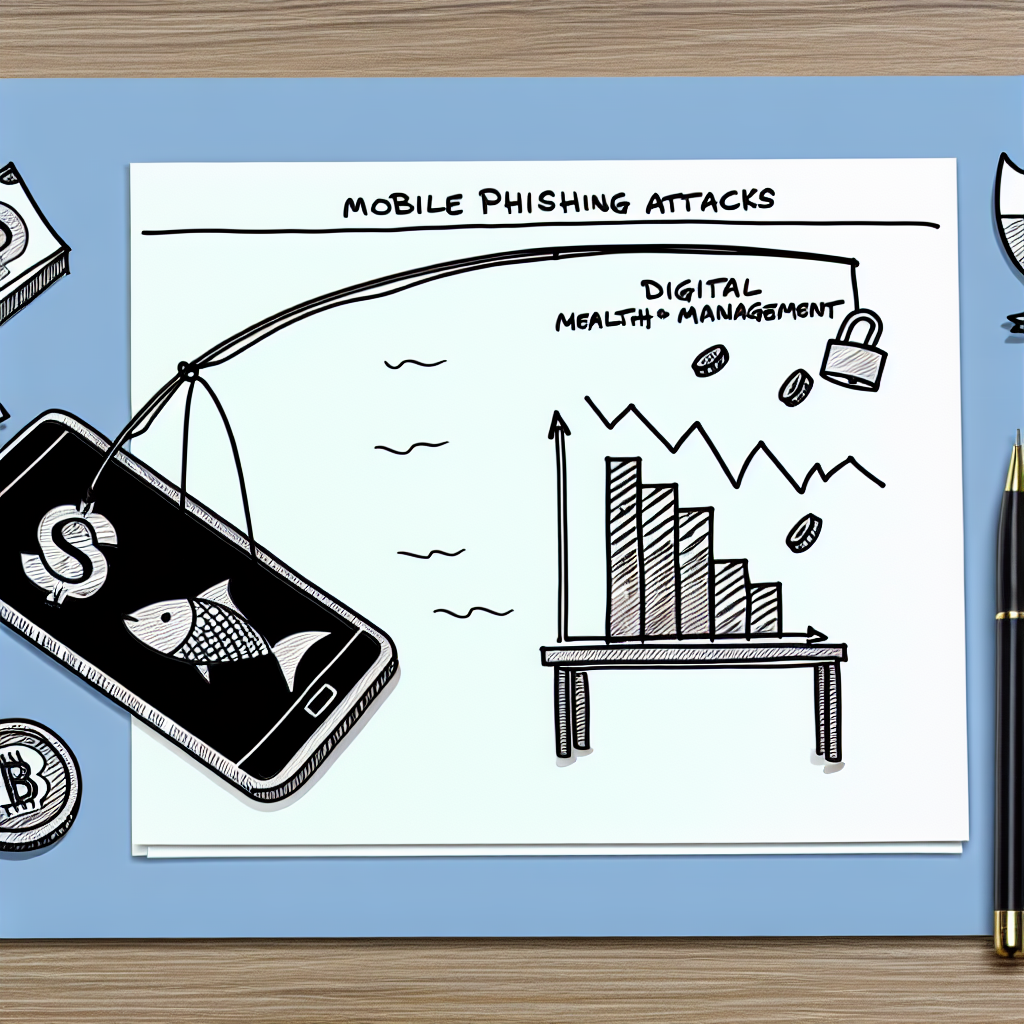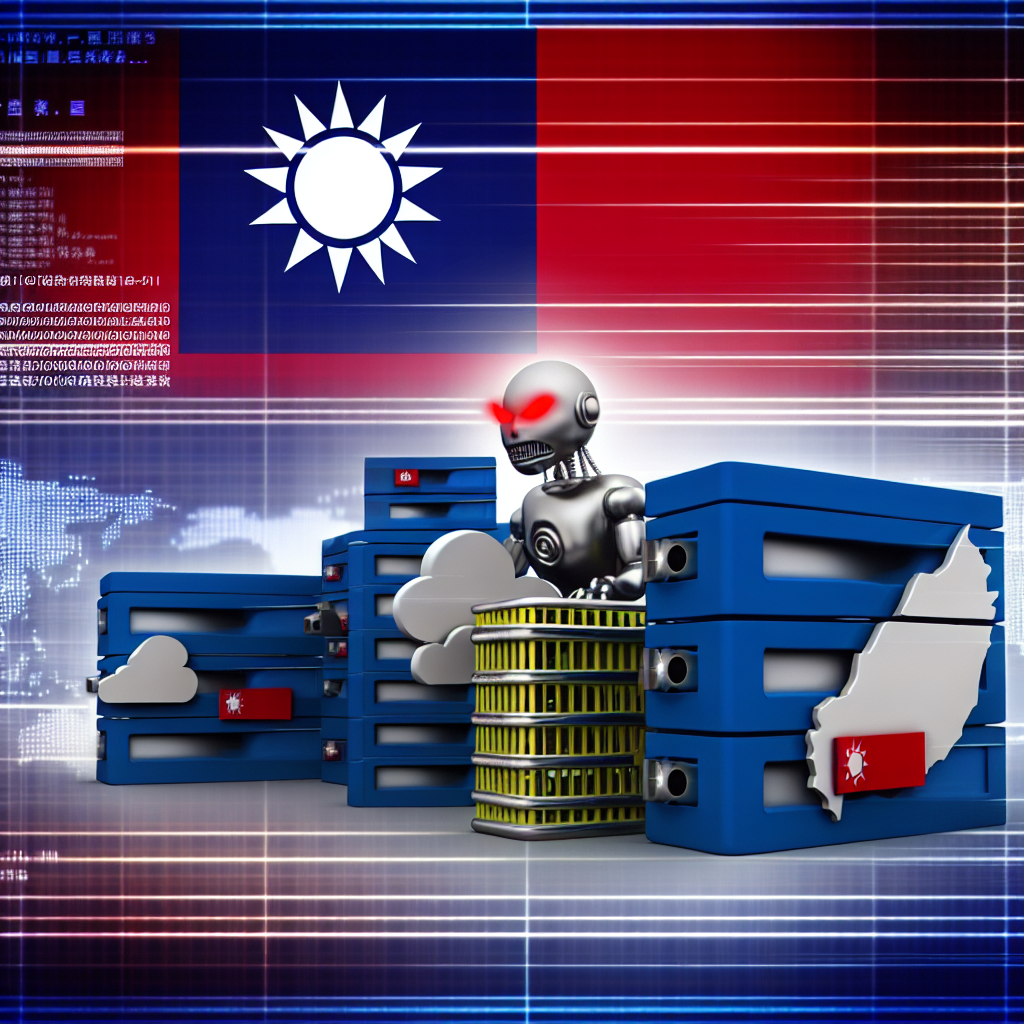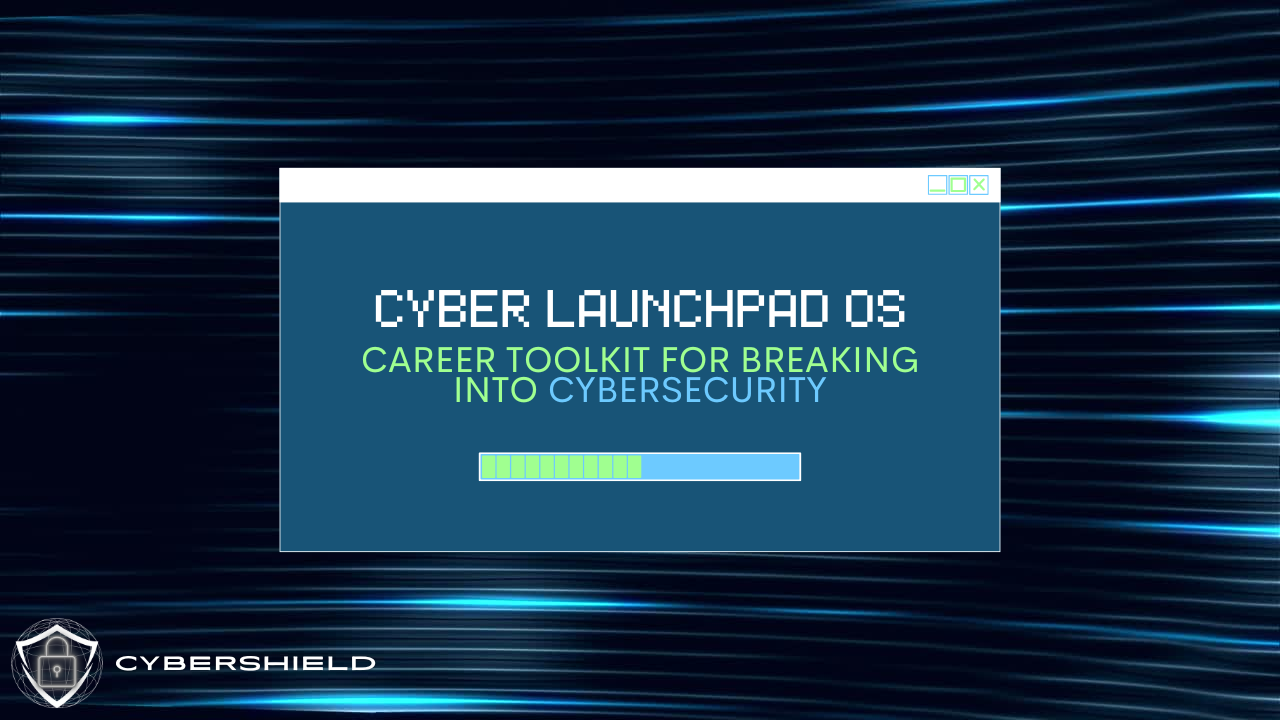Cyber Threats Reimagined: Strategic Frameworks for Defeating Evolving Attacks
- 4 minutes read - 808 wordsThe cyber battlefield is being redrawn.
Phishing is no longer just a stray email—it’s a multi-layered operation targeting financial systems. APT groups are blurring lines across regions and industries. Even hardware and infrastructure once assumed safe are now entry points for attackers.
This isn’t fear-mongering. It’s reality. And in 2025, reactive defenses won’t cut it.
To stay ahead, cybersecurity leaders, aspiring analysts, and startups alike must adopt new frameworks—mental models that turn complexity into clarity and pressure into strategy.
👉 This post is made possible by tools that supercharge my workflow: Hypefury for scaling content and Carrd for building sleek landing pages. Both are game-changers if you want to move faster in 2025.
💡 If you’re serious about breaking into cybersecurity, stop guessing and start launching.
🛡️ Cyber Launchpad OS is your all-in-one career toolkit for going from “Where do I start?” to “I just got hired.”
🚀 Break into cybersecurity with clarity, job-ready projects, and guided roadmaps tailored to your background.
🔗 Get Cyber Launchpad OS – Includes labs, templates, role roadmaps, and more.
The New Era of Cyber Adversaries
The landscape of cybersecurity is in constant flux. What once appeared as isolated phishing incidents now represents the tip of a larger, coordinated threat iceberg.

Recent trends—from mobile phishing schemes targeting brokerage accounts to sophisticated advanced persistent threats (APTs)—underscore a pressing need for agile, proactive defense strategies.
Cyber criminals are adapting. Consider how modern attackers use stolen card data not for direct fund withdrawals but for rerouting assets into mobile wallets while manipulating foreign stock prices.
This evolution demands that cybersecurity leaders quickly reassess traditional defenses and adopt frameworks that address the shifting tactics. Krebs on Security details this moving target in financial exploitation.
Analyzing APTs and Infrastructure Vulnerabilities
Recently identified APT groups—like UAT-7237—challenge our preconceptions about regional threat actors. With overlaps to groups such as UAT-5918, these adversaries refine their methods while remaining inseparable from their cultural and linguistic origins. This discovery highlights the importance of continuous threat intelligence updates.

Cyber leaders must pay close attention to linguistic nuances and operational patterns to preempt these targeted campaigns. Explore more on this at Cisco Talos Intelligence.
💡 Want to go deeper?
If you’re aiming to lead a security team, break into cybersecurity, or operate with greater speed and confidence — this is the toolkit you’ve been missing:
🔗 Cybersecurity Leadership OS: Battle-Tested Mental Models for Clarity, Speed & Command
At the same time, vulnerabilities in federal cybersecurity or flaws in banking trojan infrastructures (ERMAC 3.0) bring forward a critical lesson – robust internal infrastructure is as important as external threat monitoring.

The ERMAC 3.0 case, as described by The Hacker News, demonstrates how even sophisticated malware can be compromised by weaknesses within its own deployment.
Strategic Framework for a Resilient Defense Posture
For cybersecurity leaders, here’s a simple three-step framework to address these evolving threats:
Assess & Prioritize
Identify and quantify potential attack vectors across your ecosystem. Map out which assets are most critical, and use threat intelligence feeds to understand emerging trends in attacker methodologies.Adopt Agile Countermeasures
Diversify your security controls. Whether it’s user education to counter phishing or deploying advanced monitoring systems to detect APT patterns, ensure your defenses adapt in real time.Integrate and Communicate
Create a cross-functional team that marries technical insights with business risk assessments. Empower junior talent with career roadmaps and mentoring systems, ensuring that both seasoned leaders and aspiring professionals understand the evolving threat landscape.
💡 If you found this helpful, learn the thinking that separates leaders from followers
🚀 Supercharge Your Cybersecurity Career with 🔗 CyberSHIELD PRO Membership – Unlock Exclusive Benefits Today!
Practical Takeaways for Every Cybersecurity Professional
- For Cybersecurity Leaders: Use this framework to bridge the gap between strategy and execution, aligning security goals with business impact.
- For Aspiring Analysts & Career Switchers: Focus on how advanced threats reshape risks, while staying informed about legal and ethical dimensions like the halted FTC probe into Media Matters (TechCrunch).
- For Startups & SMBs: Adopt scalable, repeatable processes that enable resilience while staying agile—especially as innovations like OpenAI’s AI-powered browser (Bleeping Computer) redefine the digital frontier.
Sponsored By
💡 Power your growth with the tools I personally use:
- 🚀 Hypefury — The ultimate tool for growing your audience and automating Twitter threads that actually go viral.
- 🎨 Carrd — Build beautiful, responsive landing pages in minutes. Perfect for portfolios, waitlists, and personal branding.
Final Thoughts
Navigating today’s cyber threat landscape requires clear strategic frameworks, rapid adaptation, and inclusive communication across all levels of an organization.
Whether you’re leading national defense strategy, taking your first steps in a cybersecurity career, or propelling your startup toward robust risk management, these insights provide a mental model to keep you ahead.
Stay strategic, stay proactive, and remember: It’s not about reacting to threats—it’s about out-thinking them.
Stay informed, stay empowered,
CyberSHIELD | CybersecurityOS
